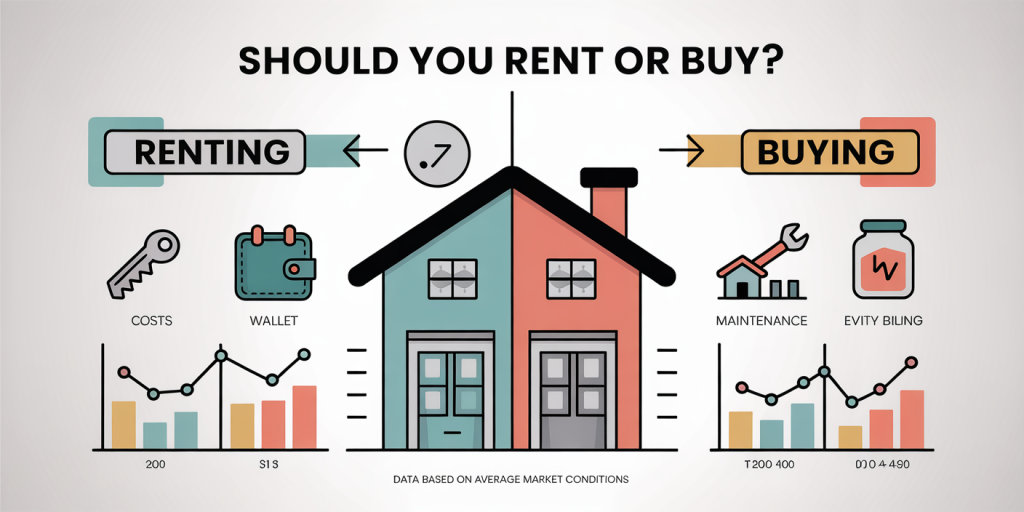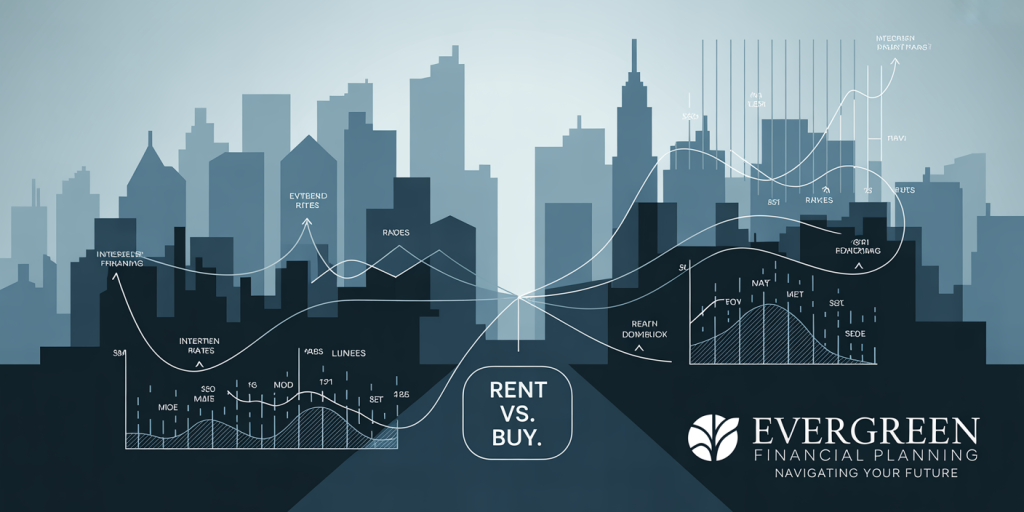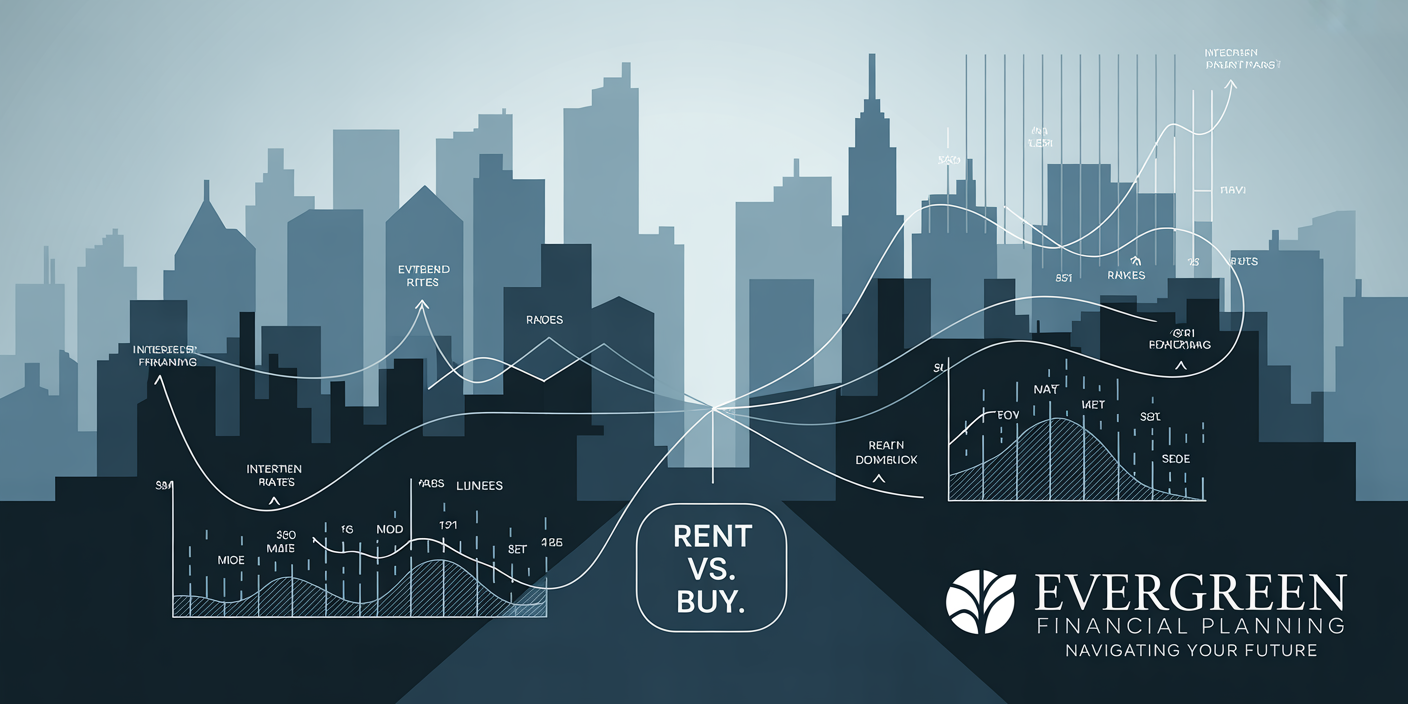Deciding whether to rent or buy a home is one of the most significant financial decisions many people make in their lives. This choice naturally depends on personal circumstances, market conditions, and long-term objectives. Both renting and buying come with distinct advantages and disadvantages, affecting not only finances but lifestyle, flexibility, and future security. As the housing market fluctuates and economic factors evolve, understanding the pros and cons of each option can help you make an informed decision tailored to your unique situation.

According to the National Association of Realtors, approximately 65% of Americans own their homes, while the rest choose to rent, influenced by geographic, demographic, and economic factors. Renters often prioritize flexibility and lower upfront costs, whereas buyers focus on investment potential and stability. This article delves into practical examples, statistics, and comparative insights, equipping readers with the knowledge to evaluate whether renting or buying suits them best.
Financial Implications of Renting vs Buying
In any housing decision, the immediate and long-term financial impacts are critical. Renting typically involves monthly payments that do not build equity but require fewer upfront costs. Buying, conversely, requires a substantial initial investment but offers the potential for wealth accumulation through property appreciation.
For renters, the primary financial burden includes monthly rent payments, utilities, and occasional maintenance charges. For example, in 2023, the average monthly rent in the United States stood at around $1,500, according to RENTCafe, varying widely based on location. Renters are not responsible for property taxes or major repairs, which can mitigate unexpected expenses but provide less control over housing costs.
Homebuyers face mortgage payments, property taxes, insurance, maintenance, and down payments averaging around 6-20% of the home price. Consider a $300,000 home with a 20% down payment ($60,000). Monthly mortgage payments (principal and interest) might be approximately $1,200, not including taxes and insurance, which can add another $300–$400 monthly. However, homeowners can benefit from tax deductions on mortgage interest and property tax payments, potentially reducing net costs.
| Factor | Renting | Buying |
|---|---|---|
| Upfront Costs | Security deposit ($500–$2,000) | Down payment (6–20% of home price) |
| Monthly Payments | Rent (variable) | Mortgage + Taxes + Insurance |
| Maintenance | Typically covered by landlord | Owner responsible |
| Equity Building | None | Builds home equity over time |
| Tax Benefits | No | Possible deductions |
A study by Zillow indicates that over a 10-year period, homeowners on average saw a 37% increase in home equity, while renters did not accumulate housing wealth. However, the initial financial barrier to buying remains a significant hurdle for many individuals.

Lifestyle and Flexibility Considerations
Beyond costs, the decision to rent or buy often hinges on lifestyle preferences and personal flexibility. Renting allows for greater mobility, appealing to individuals with transient job situations or those who prefer exploring different areas before settling down.
For instance, a young professional relocating frequently for career opportunities might find renting more convenient. Short-term leases and less commitment enable renters to move without the hassle of selling property. Similarly, couples who anticipate starting families in the near future might prefer renting until they find a permanent home that fits their growing needs.
However, homeowners benefit from stability and control over their living space. Buying a home means you can personalize your property—remodel kitchens, paint walls, or add landscaping—without landlord restrictions. A family that has settled in a community may choose to buy for long-term security and the ability to establish roots.
A 2022 Gallup poll found that 81% of homeowners felt satisfied with their neighborhoods, compared to 71% of renters, highlighting the deeper community ties often linked with homeownership. Conversely, 40% of renters preferred their flexibility to relocate compared to 15% of homeowners.
Market Conditions and Economic Environment
Timing and market conditions significantly influence the rent vs buy decision. In a buyer’s market, where there is a surplus of housing, prices tend to be lower, making purchasing more attractive. Conversely, in a seller’s market with high demand and rising prices, renting may be the better choice, avoiding overpaying for a home.

Interest rates also play a powerful role. For example, the U.S. Federal Reserve raised interest rates multiple times between 2021 and 2023, leading to mortgage rates increasing from under 3% in 2020 to above 7% in mid-2023. Higher rates translate to higher monthly mortgage payments, reducing affordability and making renting temporarily more appealing.
Additionally, inflation impacts rental prices and home costs differently. Rental rates often adjust annually with inflation, while a fixed-rate mortgage locks in payments. However, homebuyers must also consider maintenance costs and property taxes, which can increase with inflation.
Homebuyers in cities like San Francisco or New York face different market dynamics than renters or buyers in smaller towns. According to Realtor.com’s 2023 report, median home prices in urban hubs often outpace rent increases, intensifying the investment challenge.
Building Equity vs Opportunity Cost
One of the most compelling reasons to buy is the opportunity to build equity through mortgage principal payments and property appreciation. Equity can be leveraged for home improvements, education funding, or retirement savings. For example, families that purchased homes in 2010 in cities like Austin, Texas, have experienced property value increases exceeding 60%, significantly boosting net worth.
However, buying a home is not without risks. Property values can decline due to economic downturns or changes in the neighborhood. The 2008 financial crisis exemplified how rapid home price depreciation can erode homeowner equity, leading to foreclosures and financial distress.
Renters, while sacrificing equity gains, can invest the difference between the cost of renting and owning elsewhere. Consider an individual who opts to rent and invests the upfront down payment ($60,000) into a diversified stock portfolio yielding an average 7% annual return. Over ten years, this could grow to approximately $117,000, offering an alternative path to wealth building.
| Wealth Building Aspect | Buying | Renting |
|---|---|---|
| Equity Growth | Accumulates with mortgage payments | None |
| Property Appreciation | Possible but subject to market risk | None |
| Opportunity Cost of Capital | Down payment locked in property | Can invest upfront cash elsewhere |
| Financial Risk | Market downturns, maintenance costs | Rent increases but less exposure to market volatility |
Maintenance, Repairs, and Hidden Costs
Owning a home means accepting responsibility for maintenance, repairs, and other hidden costs that renters typically avoid. According to the HomeAdvisor 2023 report, the average American homeowner spends approximately $3,000 annually on home maintenance and repairs. Unexpected events like roof replacements or HVAC repairs can lead to significant costs.
Renters generally rely on landlords or property managers to cover repairs, simplifying budgeting and limiting unforeseen expenses. However, this depends on the rental agreement and landlord responsiveness, which can sometimes create inconveniences or additional costs for renters.
Furthermore, homeowners must plan for property taxes, homeowner association (HOA) fees, and insurance premiums, all of which can fluctuate. For example, homeowners in hurricane-prone areas like Florida may face high insurance premiums, adding to the ongoing financial commitment.
Evaluating these hidden and variable costs is essential for an accurate comparison of renting versus buying, as affordability goes beyond monthly payments.
Future Perspectives: Trends and Considerations
Looking ahead, evolving economic conditions, demographic shifts, and technological innovations will continue to impact the rent versus buy equation. The rise of remote work, accelerated by the COVID-19 pandemic, has changed housing preferences for many, with individuals seeking larger homes in suburban or rural areas. This shift has increased demand in previously affordable locations, narrowing the gap between renting and buying costs.
Government policies, such as first-time homebuyer incentives or rent control laws, also influence decisions. In 2023, several U.S. states introduced or expanded tax credits for first-time buyers, lowering barriers and encouraging homeownership. Meanwhile, some cities have implemented rent stabilization measures, offering renters increased security.
Environmental considerations also shape future housing choices. Energy-efficient homes, green building standards, and sustainable communities are gaining importance, potentially affecting home values and desirability.
Technology enhances transparency and access to housing data, empowering consumers to compare rent and buy options more effectively. Platforms like Zillow and Redfin provide real-time market insights, mortgage calculators, and affordability indices, facilitating informed decisions.
Ultimately, the rent versus buy decision remains highly personal. Individuals must weigh financial capabilities, lifestyle preferences, market trends, and long-term goals. Consulting with financial advisors and real estate professionals can further aid in crafting a tailored housing strategy.
Choosing whether to rent or buy is a multifaceted decision with no one-size-fits-all answer. By carefully analyzing the costs, benefits, and lifestyle implications outlined above, you can approach this critical choice with confidence and clarity.

Deixe um comentário